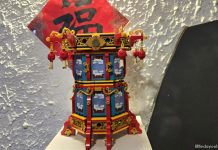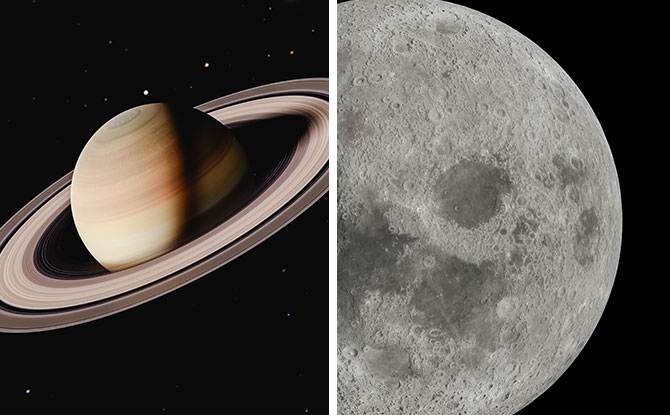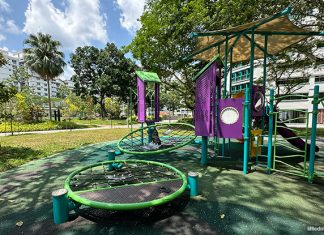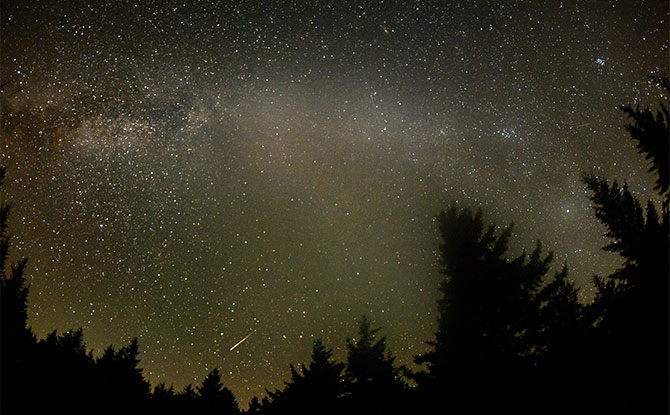
If you see a “shooting star” in the sky these few days, is probably a meteor; August is when the Perseid Meteor Shower occurs. Come 13 August 2023, look to the sky and you may be able to see the Perseids meteor shower. The Perseids meteors are often considered one of the best astronomical events to look out for and will light up the night sky in the Northern Hemisphere.
Actually, the Perseids meteor showers began last month on 17 July 2023 and will last all the way till 24 August 2023. However, the peak time to spot them in the night’s sky is around 13 August.
What is the Perseids Meteor Show?
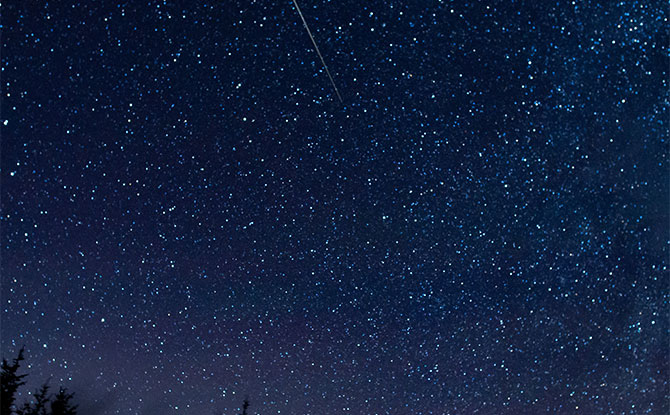
To understand the Perseid Meteor Show, you need to first know about the Comet Swift-Tuttle.
The Comet Swift-Tuttle is a large, 26-km-wide comet which has an orbit that closely approaches the Earth. The last time is passed was in 1992 and it is not expected again until 2126.
DINO-TASTIC EXHIBITION: Meet a 40m Long Dino Face-to-Face
GIVEAWAY FOR ENEWSLETTER SUBSCRIBERS: LEGO NINJAGO SET
REGISTER EARLY AND SAVE UP TO $400: English Classes for N1 to Secondary
The Perseids Meteor Showers take place each year between mid July to late August. However, they can be hard to spot if the viewing conditions are not ideal.
Why do Meteor Showers Occur?
Even though the comet has orbited away, it has left behind a trail of debris in its wake.
Meteor showers are formed when the Earth travels through a cloud of interplanetary debris left behind from the tail of a comet or asteroid that has thrown out large amounts of materials.
Once a year, the Earth collides with the Comet Swift-Tuttle’s dust and debris trail. Pieces of debris which enter the Earth’s atmosphere are known as meteors. They start to burn up as they descend through the air, creating a “fire ball” in the sky.
Any debris which successfully reaches the Earth’s surface without burning up completely on the way down are known as meteorites. However, the debris is usually too small to make it to the Earth’s surface.
The denser the debris clouds are, the more materials will fall on Earth, thus giving us more meteors.
Earth goes through these dust streaks every year, so we can predict when meteor showers will occur.
How the Perseids Meteor Showers Got Its Name

The meteor shower is called the Perseids, pronounced “pur-see-id”, because the showers come from the same direction as the constellation Perseus.
This means that if you wish to look at the direction of the showers, you can also look for the Perseus constellation. This constellation is named after the Greek mythological hero Perseus and is the 24th largest constellation in the night sky.
It is not unusual for meteor showers to be named after constellations. Another meteor shower that adopts this naming convention is the Orionids meteor showers which are named because they appear to originate from the Orion constellation.
Best Time to View the Meteor Shower
The best time to observe the Perseids meteor shower in Singapore would be on 13 August around 4 am when the constellation would be high enough above the horizon. This is the time you are likely to be able to spot the maximum number of meteors. However, you would definitely need make it a point to be up early in the morning to catch the shower.
These can be viewed with the naked eye if there is no light pollution and cloud cover.
One tip that the Science Centre Observatory offered for those who wish to catch the Perseids meteor shower was to avoid gazing directly at the Perseus constellation. Instead, look at dark areas around it as that is where you may be able to spot the streaks of the meteors.
When is the Next Meteor Shower?
According to the Science Centre Observatory, while there are a few minor meteor showers that will grace our skies, the next major one that might be visible in Singapore will be the Geminids in December.
It is the biggest and most spectacular meteor shower, named after the Gemini constellation.
The Perseids meteor shower is the second most spectacular meteor shower in the year.
If you enjoyed this story, we think that you will also enjoy this one a festival with a celestial origin in August.













